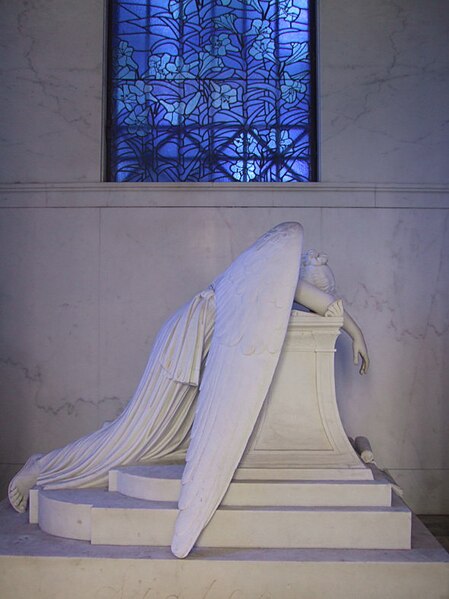Tomorrow is the last day of April.
This month has flown so quickly.
The end of National Poetry Month is here.
Our intense and intentional celebration of poetry is almost over.
As we exit this formal time for relishing poetry and honoring verse, I became curious about the posts I had previously written related to poetry.
Prior to April 2014 I had written 15 poetry posts, ranging in subjects that connected poetry to love, pain, memoir, and experimentation.
Several types of found poetry were explored: blackout or erasure poetry, book spine poetry, along with carved books.
More traditional forms were also explored including ars poetica, ekphrastic poetry, and ghazals.
And any consideration of poetry is not complete without acknowledging the poetry of witness, how poetry gives both reader and writer a place to stand, as well as the resilience of poets who write such poetry.
What new poem or poet did you discover during this past month?
What familiar poem resurfaced for you and reminded you of why you love it?
Did you write a poem-- or two-- or seven-- or more?
What new technique or strategy or form did you try?
What poem or poet did you imitate?
Please feel free to share in this space your new learning, discoveries, successes-- and even your failures as you attempted to more deeply explore the world of poetry.
For ideas to continue in your explorations, you may want to explore one or two of my past poetry-related posts. Enjoy these posts from the past year.
Love and Poetry
Blackout Poetry and Carved Novels
Poetry: A Place to Stand
Book Spine Poetry
Poetry in the Time of Pain
Guzzling Ghazals
Came Again, Anaphora
Ars Poetica
Poetic Memoirs
Found Poetry and OCIRA 2013
Essential Poetry Collections
Ekphrastic Poetry
The Poetry of Resilience
Exploding a Moment: Exploring with Writing
Against Forgetting: Poetry of Witness
You may also want to review or reread the more recent collection of poetry posts from National Poetry Month 2014
Women and Poetry
Men in Poetry
Haiku Meditations
Conversations in Poetry
The Art of Losing: Poems of Grief and Mourning
Gravestones: Writing a Life
And as we move into May and leave behind this formally designated and artificially provided time for us to read, write, celebrate, and discover poetry, my hope is that you will continue to do this as a normal, if not necessary and required, part of your literacy life.
Today's Deeper Writing Possibilities
What new poem or poet did you discover during this past month?
What familiar poem resurfaced for you and reminded you of why you love it?
Did you write a poem-- or two-- or seven-- or more?
What new technique or strategy or form did you try?
What poem or poet did you imitate?
Write an personal essay about your new discoveries and experiences with poetry this month.
Or write a persuasive essay about why it is important to celebrate National Poetry Month.
Write a poem about why poetry is important to you.
What familiar poem resurfaced for you and reminded you of why you love it?
Did you write a poem-- or two-- or seven-- or more?
What new technique or strategy or form did you try?
What poem or poet did you imitate?
Write an personal essay about your new discoveries and experiences with poetry this month.
Or write a persuasive essay about why it is important to celebrate National Poetry Month.
Write a poem about why poetry is important to you.
























